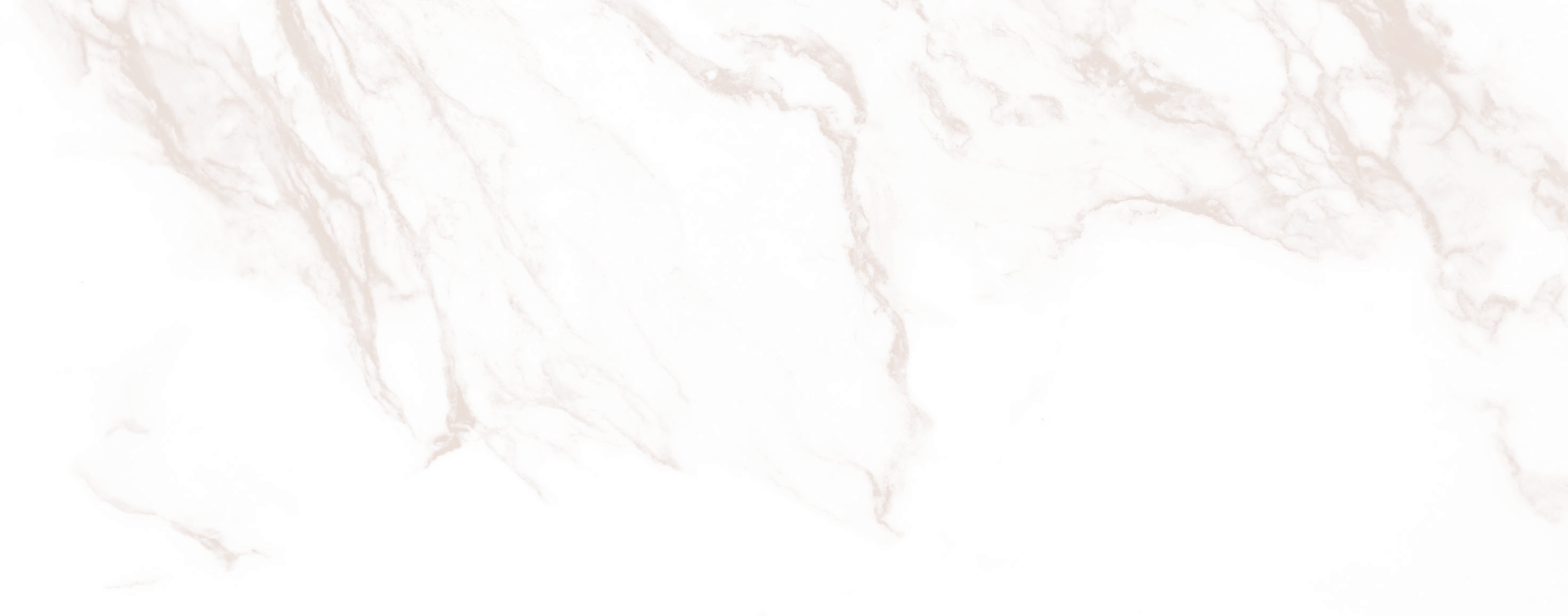
Running from 1st May – 9th September, The Arts Club debuts a solo exhibition of early paintings by acclaimed Iranian-American artist Manoucher Yektai (1921-2019). Made between 1960-1963, the exhibition focuses on key years in this extraordinary artist’s oeuvre, following his move to New York.
Hinting at still-lives, but enveloped in the full breadth of his abstract, impasto, gestural and unconventional paint strokes, the selection celebrates Yektai’s important place in the history of abstract art of the post-war period, as well as his singular and poetic language.
Born in 1921 in Tehran, Yektai studied at the Faculty of Fine Arts at the University of Tehran until his move to New York in 1945. Shortly after his arrival he entered the Art Students League and studied in the studio of renowned French painter Amédée Ozenfant. At the suggestion of Ozenfant, Yektai moved to Paris in 1946 to better his artistic education. There, he enrolled at l’École des Beaux-Arts whilst simultaneously studying under Cubist painter Andre Lhote.
In 1947, Yektai returned to New York where he was re-introduced to Abstract Expressionism and its key painters such as Willem de Kooning, Sam Francis and Jackson Pollock. By the early 1950s, Yektai had become one of the first modern Iranian artists to show outside his country with a solo exhibition at Grace Borgenicht gallery in New York.
In addition to being part of New York’s thriving abstract art scene, Yektai was profoundly influenced by his love of poetry, which he both composed and studied. Yektai often referred to his prose, which he wrote in Farsi, as Iranian and his painterly practice as stateless. The Persian poet Rumi was among those he often referenced in painterly form.
Yektai’s paintings oscillate between figuration and abstraction, not unlike artists such as de Kooning who never entirely banished figurative elements from his canvases, however loosely decipherable they may be. Blending key influences, Yektai’s approach integrates both the traditions of representational painting within the Parisian School and the abstract approach of the New York School within his own unique language.
Working in rich, earthy colours from the floor, Yektai used gravity as a creative tool to establish sculptural qualities and a sense of spontaneity. Refusing to be limited to paintbrushes alone, he switched around to an array of tools including spatulas, palette knives, trowels, whips, and his own fingers; often squeezing paint straight from the tube onto the picture plane to achieve a heavily impastoed effect. Offering a glimpse into Yektai’s formative years in New York, the canvases at The Arts Club are filled with sweeping, gestural textures that epitomise his distinct approach to abstraction and remarkable creative freedom.
Yektai was well-known in New York in the 1950s and 1960s and had work acquired by museums such as The Museum of Modern Art, New York. However, it was primarily white male American artists such as Pollock and Rothko who were heavily promoted as part of an effort to assert American cultural dominion in the post-war years. More recently, art historians have widened their scope to embrace artists of different genders, nationalities, and ethnicities – bringing to light a richer, radical and more nuanced breadth in post-war abstraction of which Yektai is a key part.
The exhibition is curated by Amelie von Wedel and Pernilla Holmes of Wedel Art, with special thanks to Karma Gallery and the Manoucher Yektai Estate for making this exhibition possible.
For all enquiries please contact: Wedel Art on email@wedelart.com



